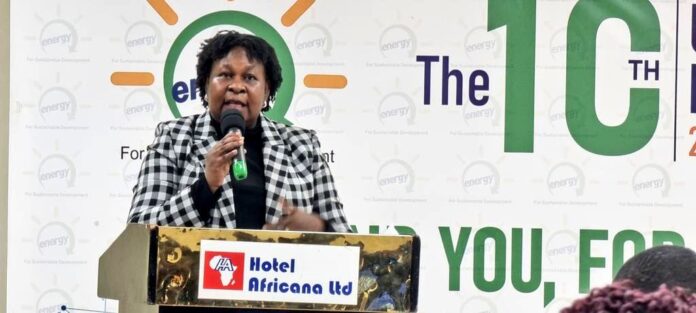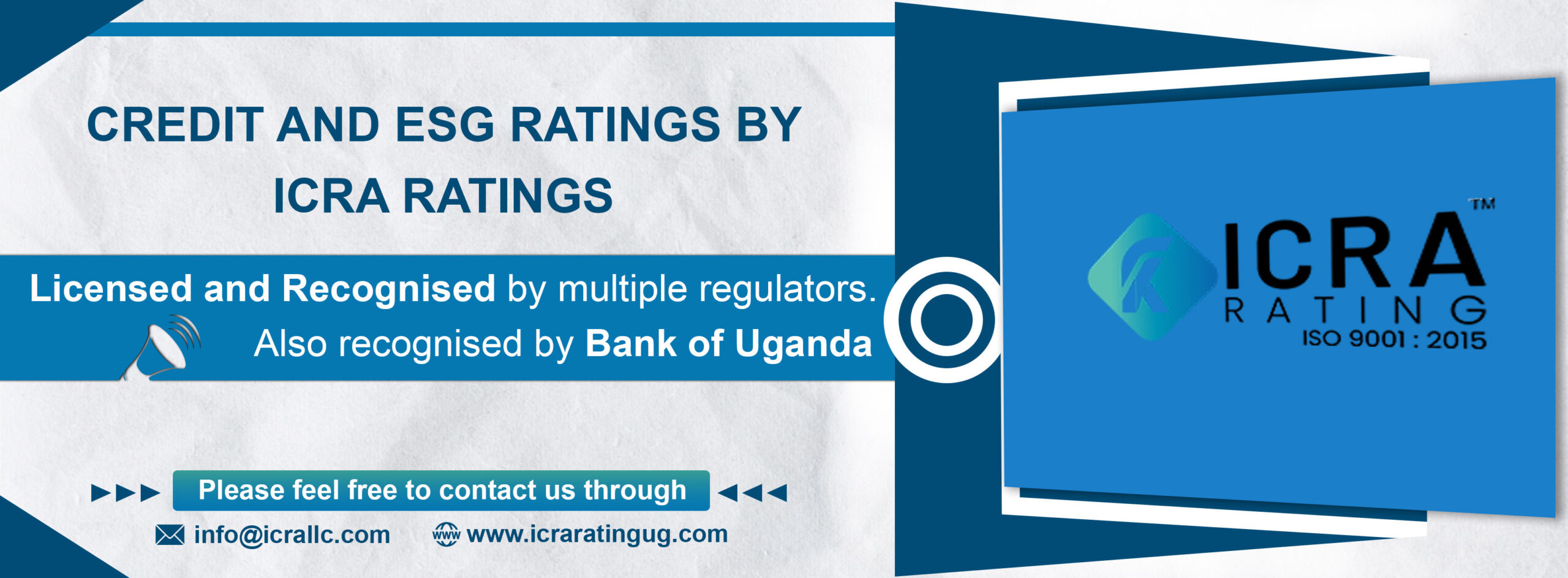
The Minister of State for Energy, Sidronious Okaasai Opolot, has said that the Geographic Information System (GIS) has proven indispensable for strategic planning and effective management of Uganda’s energy resources.
Okaasai made this remark during the 10th Utilities Geographic Information System (GIS) Conference on Thursday, September 21, 2023, at Hotel Africana, Kampala.
In his remarks delivered by Eng. Cecilia Menya, the Commissioner in Charge of Electric Power Development in the Ministry of Energy, Minister Okaasai said technology is critical in ensuring equitable and adequate energy access for all Ugandans.
The event was organized by the Energy Sector GIS Working Group (ESGW) at the energy ministry with the support of the World Resource Institute. It brought to light the importance of stakeholder collaboration.
“The utility sector can only achieve sustainable growth when there’s a free flow of data among all stakeholders—government agencies, private sector players, and utility companies,” Okaasai said.
Okaasai stated that GIS offers multi-layered solutions to the country’s energy policy that are designed to address the multi-faceted challenges.
“At a time when only 19% of Ugandans had access to grid electricity, GIS plays a crucial role in identifying rural and underserved areas that should be prioritized for energy expansion, aligning perfectly with our goal of universal access by 2040,” Okaasai stated.
“GIS technology can map out abundant natural resources, such as hydro, solar, oil & gas, and geothermal, offering a robust framework for achieving true energy sovereign,” said Okaasai.
He said, in line with Uganda’s unwavering commitment to sustainable development, the Parish Development Model (PDM) is an essential tool for improving local governance and fostering economic growth.
Founded in 2011, the ESGWG comprises GIS experts from key organizations within Uganda’s energy sector, coordinated by MEMD.














